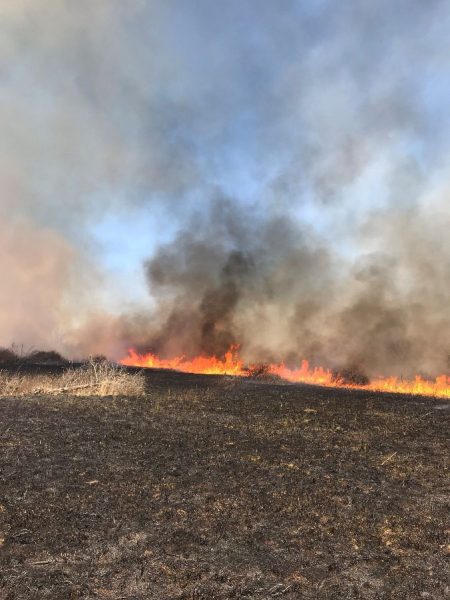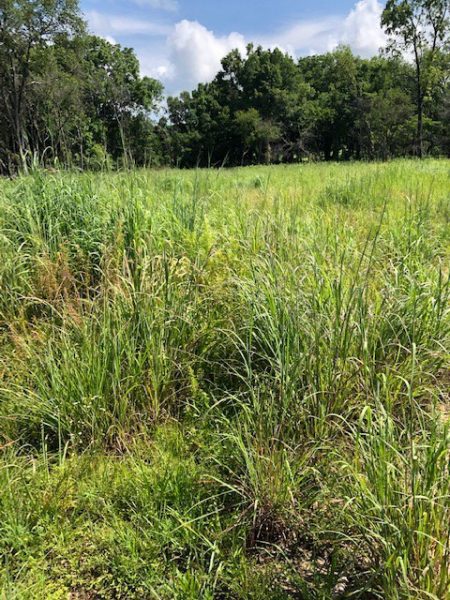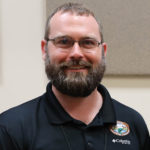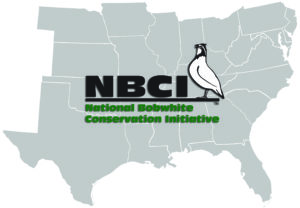A few quotes from prominent figures in American history come to mind when I consider the influential change the NBCI has had on Arkansas’s bobwhite management philosophy. John F. Kennedy said “Efforts and courage are not enough without purpose and direction.”
"Alone we can do so little; together we can do so much."
Helen Keller
NBCI, through its development of the Coordinated Implementation Program (CIP), has supplied Arkansas and other participating states a clear vision for concentrating habitat work, while also keeping the state’s eye on future habitat restoration expansion. With states within the bobwhite range following this framework for habitat implementation and performing range-wide standardized monitoring, learning from other state agency’s management experiences (successes and failures) has been greatly accelerated. With so many states using the CIP for their management direction, the principles within that document were used as the foundation for Arkansas Game and Fish Commission’s (AGFC) recently revised Northern Bobwhite Species Management Plan. All states involved with bobwhite restoration are now tackling the same issue using a similar, focused direction, with monitoring occurring in the same manner across the bobwhite’s range. We are working together, sharing information, learning, and we are now beginning to see broad scale, applicable restoration results.

One key facet that NBCI stresses for successful landscape-scale habitat restoration is the importance of working with partners. Whether it’s for the purpose of conveying a unified message, expanding work onto varying land ownerships, or matching funding to treat more acreage, partnerships are a solution to otherwise unattainable achievements. NBCI, AGFC, and Pea Ridge National Military Park agreed to form a partnership in 2014. At the time, the park had just completed their vegetation management plan, which resulted in a goal of restoring the cultural landscape to circa 1862. Restoring war time vegetation composition would involve removing introduced grasses and eastern red cedar, thinning timber, and restoring native vegetation.

This was perfect for creating habitat for bobwhites, and was coincidentally around the same time that AGFC initiated its bobwhite restoration emphasis. An agreement was signed and the partnership has prospered. Since 2015, 4,882 acres of prescribed burning, cedar removal, and invasive species control have occurred on Pea Ridge, resulting in a two-fold increase in the number of whistling male bobwhite heard on the park since 2018. A staff member from the park service told me it was the support shown from AGFC and NBCI that spurred the National Park Service (NPS) and generated excitement to move forward with bobwhite management at the park. AGFC has provided funding for cedar removal, which in turn, led NPS to provide financial backing to extend the acreage treated. Some may even say this partnership was a catalyst, as additional NPS properties began to work with NBCI and their respective state agencies to complete some really great habitat for bobwhite.
With the strong, focused direction that NBCI provides and great partners working together, we truly can do much for the conservation of the bobwhite.

Marcus Asher
Quail Coordinator
Arkansas Game and Fish Commission




